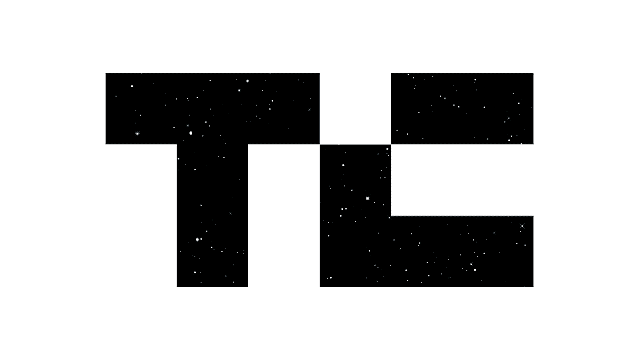The Importance of a Clear ‘Use of Funds’ Slide in Pitching Startups to Investors
Imagine, if you will, a contractor who approaches you with a gleam in their eye and a plan so vague it might as well be written in invisible ink. "Trust me," they say, "I’ll work on your house for three months. I’ll spend 30% of the money on plumbing, 30% on framing and building the walls and roof, 10% on electric work, and the rest on paint and such." When you ask if the house will be livable by the end, they shrug. "Who knows? But isn’t the journey exciting?"
This scenario is absurd enough that you’d laugh the contractor out of your yet-to-be-installed front door. But this example is eerily similar to the pitch many startup founders make to potential investors.
The Need for a Clear Plan
My research indicates that more than half of founders don’t have a decent "use of funds" slide. This isn’t great. Founders, you can do better. When you’re building a house, of course you’d demand a blueprint, a timeline, and a clear picture of what your future home will look like. You wouldn’t settle for a contractor whose only plans are to "wing it." In startup land, however, founders often expect investors to buy into a dream that’s woven with threads of ambiguity.
Investors Want Clarity
Investors, much like homeowners, are not looking to pour their money into a foundation that leads nowhere. They want to invest in a "house" that, at the end of the construction period, is not only standing but is also ready for the next phase, whether that be living in or selling.
For a startup, the "finished house" isn’t bricks, mortar, and those cool USB power sockets, but it’s built with milestones and achievements. Will the startup have filed any patents? How many customers will it attract? What revenue figures will it boast? These are the "rooms" and "fixtures" investors are looking to find in the startup house.
The Plan is Key
If these milestones align with what investors expect for the startup’s next funding round, the startup stands a pretty decent chance at a successful fundraise. The house analogy works in more ways than one: mistakes happen, and estimates that are flat-out wrong are pretty common. No one expects a contractor to predict the future with absolute certainty; weather delays, supply issues, and other unforeseen events can always throw a wrench in the works.
Due Diligence
However, a good contractor will have a plan, a schedule, and contingency measures in place. When it comes to startups, looking over the plans and poking holes at them is what’s called "doing due diligence." Startup founders can’t foresee every market fluctuation or challenge, but they can and should outline their goals, strategies, and how they plan to overcome potential obstacles.
The Blueprint for Success
This plan is their blueprint for success, and the plan should be at least in the realm of doable. Look, I get it. Founders might shy away from providing detailed plans, perhaps due to fear of failure or criticism. Perhaps it’s their first startup. Or maybe there are huge gaping holes of the unknown in their future. That’s fine; that’s reasonable. But show that you know how to plan for that, too.
The Journey of Building a Startup
The journey of building a startup is an adventure filled with unexpected twists and turns, much like the construction of a dream home. Anyone who’s taken their home down to the studs has at some point sat in the middle of a wrecked living room, sobbing their eyes out when yet another curveball comes their way.
That’s startup life: You roll with the punches. But you need a plan, and you need to be able to present it clearly and confidently to investors. This is where the "use of funds" slide comes in – it’s not just about where the money will go; it’s about how the founder plans to achieve their goals.
Best Practices for Creating a Clear ‘Use of Funds’ Slide
Here are some best practices to keep in mind when creating your "use of funds" slide:
- Be clear and concise: Don’t overwhelm investors with too much information or jargon. Use simple language and bullet points to make it easy to understand.
- Show a detailed breakdown: Break down the funding into specific categories, such as salaries, marketing expenses, and research and development costs.
- Highlight key milestones: Clearly outline what you plan to achieve with each round of funding and how you’ll measure success.
- Be transparent about assumptions: Acknowledge any assumptions you’re making about your business or market, and be prepared to defend them.
- Show a clear path to profitability: Demonstrate how you plan to turn a profit in the future, whether through revenue growth or cost savings.
Conclusion
Creating a clear "use of funds" slide is crucial for startup founders looking to secure funding from investors. By following these best practices and being transparent about your plans and assumptions, you’ll be well on your way to creating a compelling pitch that attracts investment.









